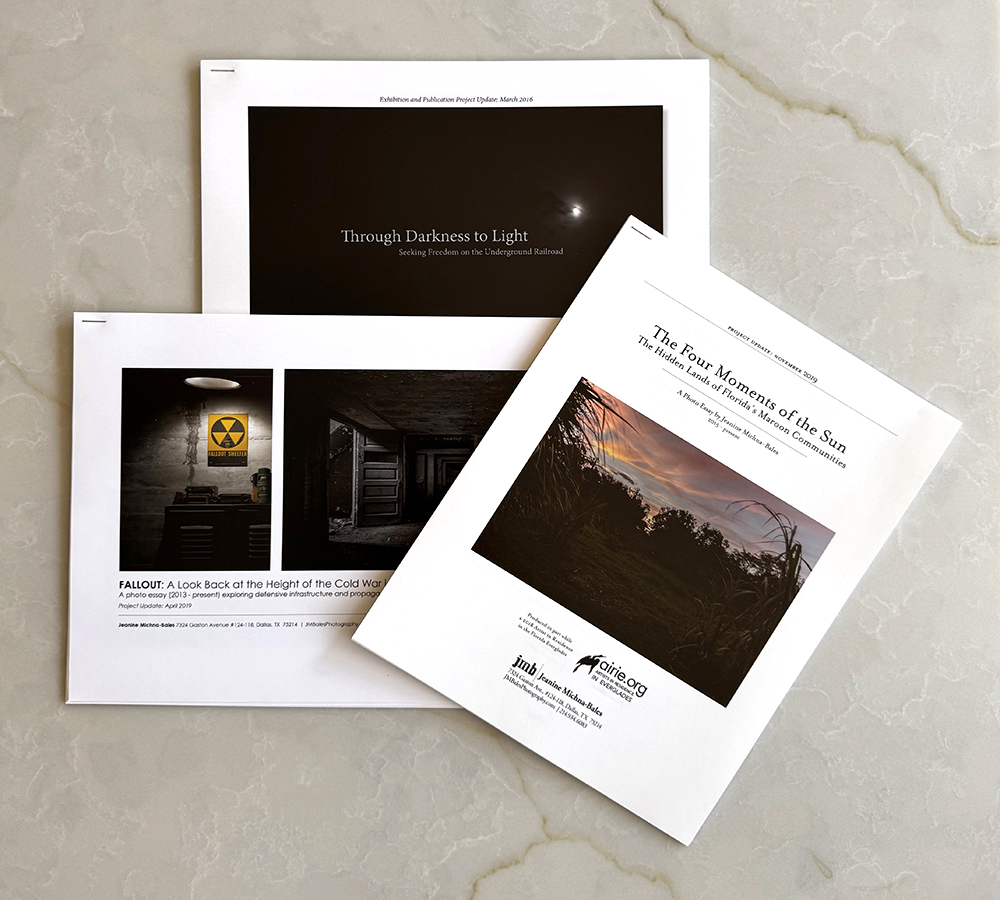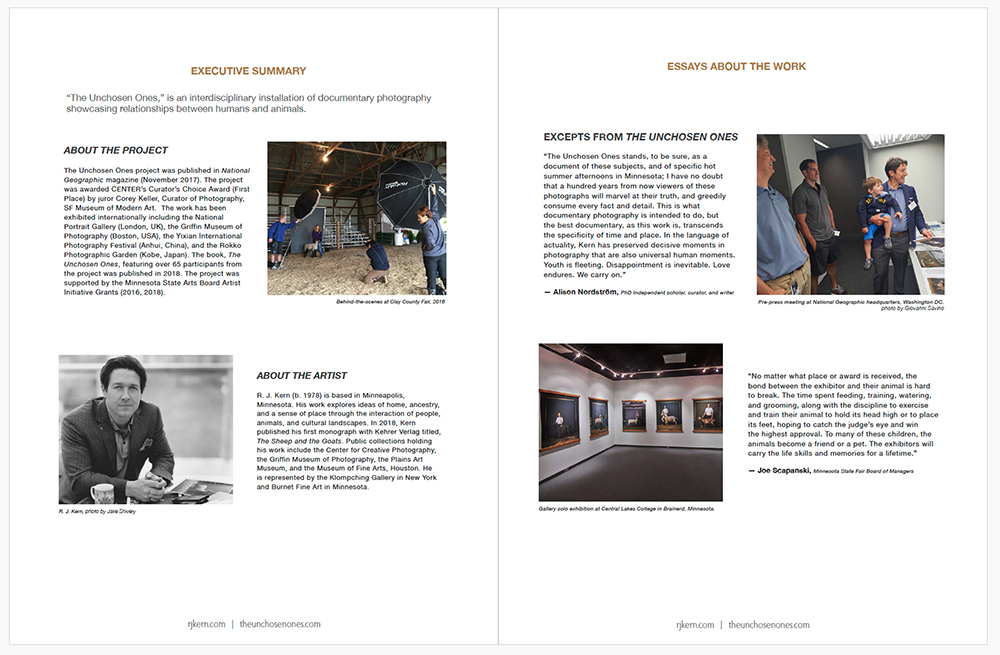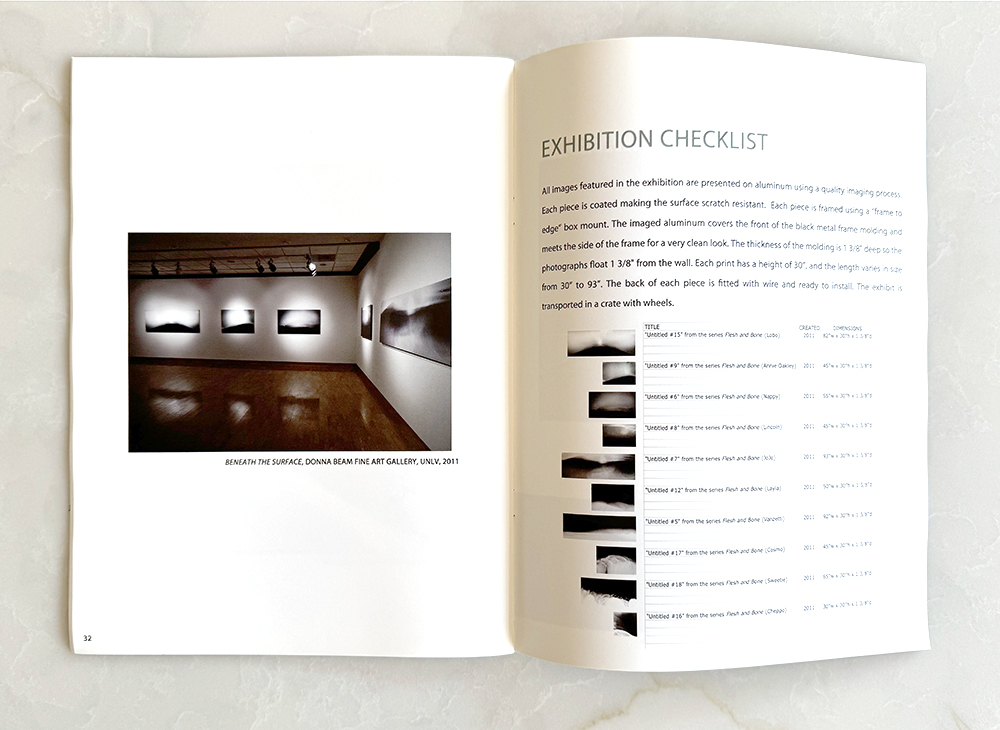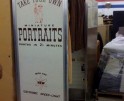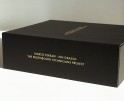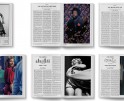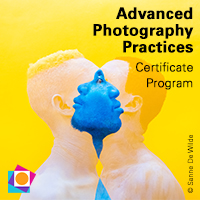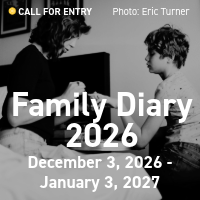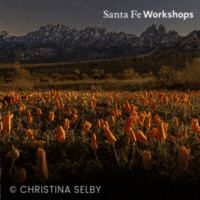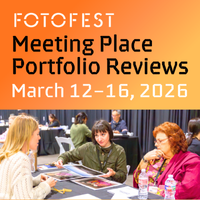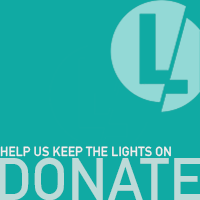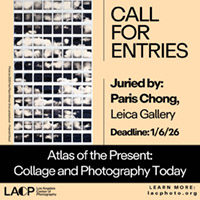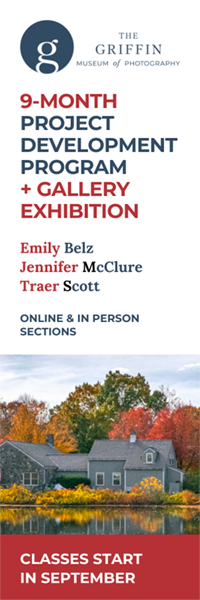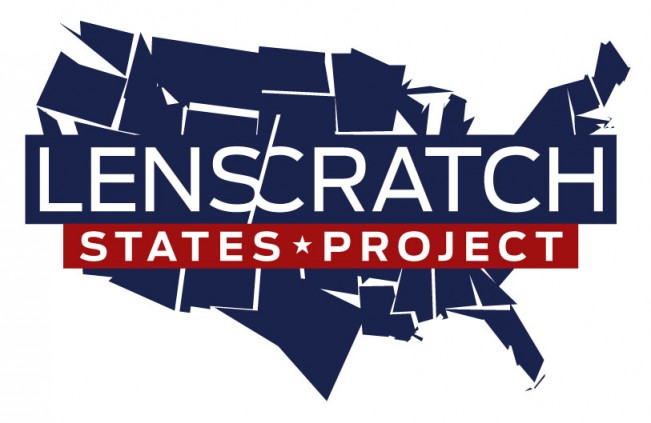Beyond the Photograph: Crafting Effective Exhibition and Publication Proposals
Beyond the Photograph is a Lenscratch monthly series dedicated to helping photographers grow their artistic practices beyond the camera. Capturing images is just one small part of a photographer’s journey. In this series, we’ll explore the tools, strategies, and best practices that support the broader aspects of a contemporary art career.
In this second installment, we will review long-form promotional materials including project introductions and updates, along with exhibition and publication proposals. Long-form pieces are an effective way to convey a large amount of information. Often available in both physical and digital formats, updates and proposals can take the form of multi-page packets, brochures, and PDF documents.
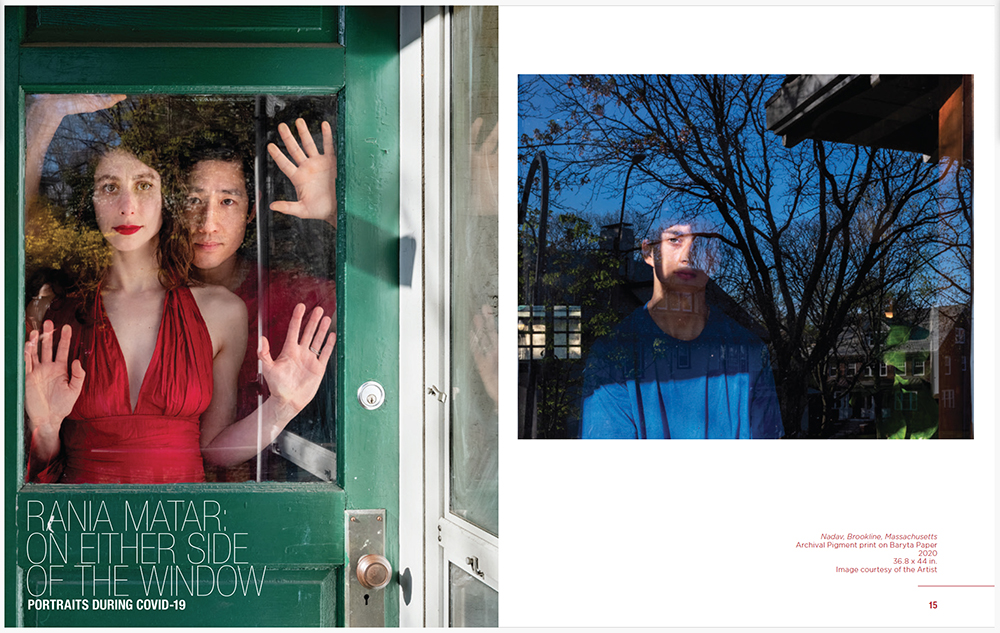
© Rania Matar, Traveling Exhibition Catalog for “On Either Side of the Window: Portraits During COVID-19”
Project introductions and updates typically consist of several pages and include a cover page, table of contents, background (including research), overview (including process), project purpose, end goals (such as exhibition, traveling exhibition, or publication), progress status, contact details, bio and CV, and selected images with captions.
Exhibition proposals can be tailored for a single exhibition at a specific venue or designed for a traveling exhibition that can be submitted to multiple venues. They are structured similarly to project introductions or updates but provide more detailed information about the exhibition itself and can be broken down into exhibition logistics, supporting materials and any additional offerings.

© Brad Temkin, ExhibitsUSA, and Mid-America Arts Alliance; Fact Sheet Back from the Traveling Exhibition “The State of Water: Our Most Valuable Resource”
Exhibition Logistics:
- Dates: the timeframe for the exhibition, including the creation/production dates and available booking period(s).
- Curator: the person responsible for image choice, sequencing, size and display options and can be the artist, photo editor, or someone else.
- Linear Running Feet: to calculate the total distance of the exhibition, multiply the number of photos by the width of each image. Add approximately 2-3 feet between each image.
- Content: the number of images, whether framed or unframed, the introduction text or panels, and any captions, quote text, or other panels that may be included.
- Duration: the length of the booking period, designated in weeks or months.
- Budget: the rental fees associated with the exhibition.
- Insurance: the responsible party and the level of insurance required.
- Venue Requirements: specific information about the venue, such as the need for a loading dock, lighting instructions, UV protection, and the allowance of drinks and food near the works.
- Shipping Costs: the cost of shipping, including the number of crates and if the crates are custom-designed.
Exhibition Supporting Materials:
- Checklist: a detailed list of exhibition content, including thumbnail images, introduction panels, dimensions, and captions.
- Program Guide: any supporting information, such as K-12 curriculum, timelines, speaker suggestions, and workshop ideas.
- Information Packet: installation instructions and other relevant details, including image order and/or configuration.
- Press Kit: includes digital files that are web and print-ready for the venue to use for show cards, share with local press, and a press release (if available). Many venues have the ability to create one for you.
- Available for Press for Interviews: venues appreciate when artists speak with the press about the exhibition. Express your willingness to participate in such interviews.
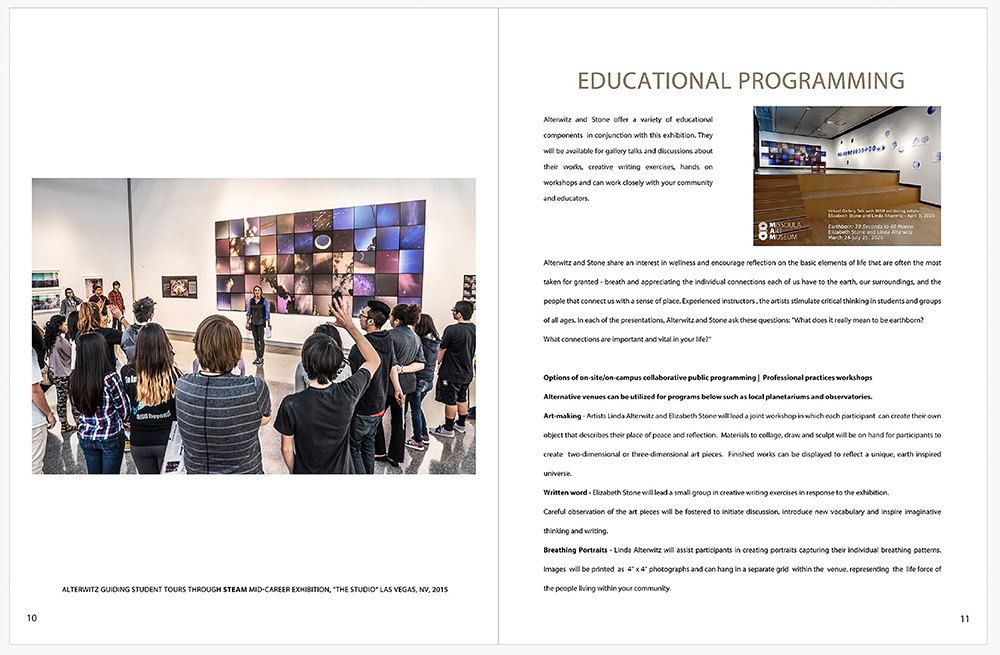
© Linda Alterwitz and Elizabeth Stone, Educational Programming Options from the Traveling Exhibition Proposal for “Earthborn 30 Seconds to 40 Moons”
Exhibition Additional Offerings:
- Artist Talks: in-person or online, with honorarium pricing if applicable.
- Monographs: retail and wholesale pricing, available signed or unsigned.
- Book Signings: let a potential venue know you are available for a book signing event
- Art or Activity Workshops: detailed information about workshops available for school classes or members of the general public.
Book proposals should be specifically crafted for publishers. While they should begin with the same basic information as a project introduction or update, they should also include details that demonstrate the project’s viability for the publisher’s roster. Let them know you understand that they are a business and need a return on their investment in printing costs (if applicable), distributor costs, as well as marketing and publicity costs.
Publication Details:
- Image Count: determine the number and type of images including black and white, 4-color, duotone, and illustrations.
- Word Count: estimate the total word count, including essays, captions, and other relevant text sections like acknowledgements, notes, and bibliography.
- Production Extras: (if applicable) consider any additional items like shrink wrap, gatefolds, extra booklets, or other items that may incur cost extra costs.
- Target Audience: think beyond an artistic/photographic audience. Can you reach people based on your topic, historical background, educational value or other avenues?
- Competition: demonstrate your understanding of similar books on comparable topics, styles, and other relevant factors.
- Key Date Tie-Ins: identify upcoming historic anniversaries, holidays, or other significant events that could align with your book’s release date.
- Exhibitions: list previous and upcoming exhibition venues and dates, mentioning if it will be part of a traveling exhibition.
- Press: include previous and upcoming press features, but prioritize saving major media coverage for when you have a pre-sales link or the actual book is available for purchase.
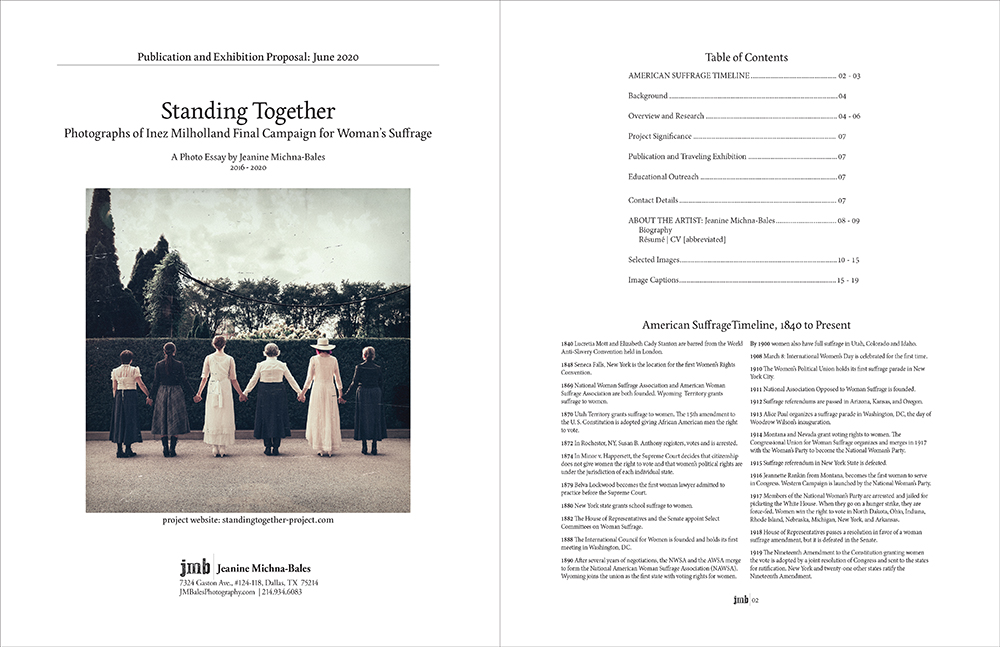
© Jeanine Michna-Bales, Combination Publication and Exhibition Proposal for “Standing Together: Inez Milholland’s Final Campaign for Women’s Suffrage” (MW Editions 2021)
Since exhibitions and publications complement each other, and both exhibition and book proposals contain the same primary information, it could be beneficial to merge them into a comprehensive overview of a project. This approach provides a consistent representation of the project and can be used both as a physical handout at photo reviews and as a digital version that can be posted to a website or sent to potential publishers and venues.
Head over to the artists’ websites to access their complete exhibition and publication proposals. This will give you a glimpse into how each artist chose to present their work, including the delivery method, and the specific content they chose to emphasize.
Jeanine Michna-Bales
After a successful 20-year career as a creative in advertising, Jeanine Michna-Bales transitioned to become a full-time artist. A visual storyteller working primarily in photography, Michna-Bales (American, b. 1971) explores the profound impact of cornerstone relationships on contemporary society—the connections between individuals, communities, and the land we inhabit. Her work sits at the crossroads of curiosity and knowledge, blending documentary and fine art, past and present, and disciplines like anthropology, sociology, environmentalism, and activism.
Michna-Bales’ artistic practice is rooted in thorough, often primary-source research, which allows her to explore multiple perspectives, grasp the complexities of cause and effect, and understand the socio-political context surrounding the subjects she examines.
Posts on Lenscratch may not be reproduced without the permission of the Lenscratch staff and the photographer.
Recommended
-
Spotlight on the Photographic Arts Council Los AngelesNovember 23rd, 2025
-
100 Years of the Photobooth: Celebrating Vintage Analog PhotoboothsNovember 12th, 2025
-
100 Years of the Photobooth: The Photobooth Technicians ProjectNovember 11th, 2025
-
100 Years of the Photobooth: Rafael Hortala-Vallve: AUTOFOTONovember 10th, 2025
-
BEYOND THE PHOTOGRAPH: Q&A WITH PHOTO EDITOR JESSIE WENDER, THE NEW YORK TIMESAugust 22nd, 2025

